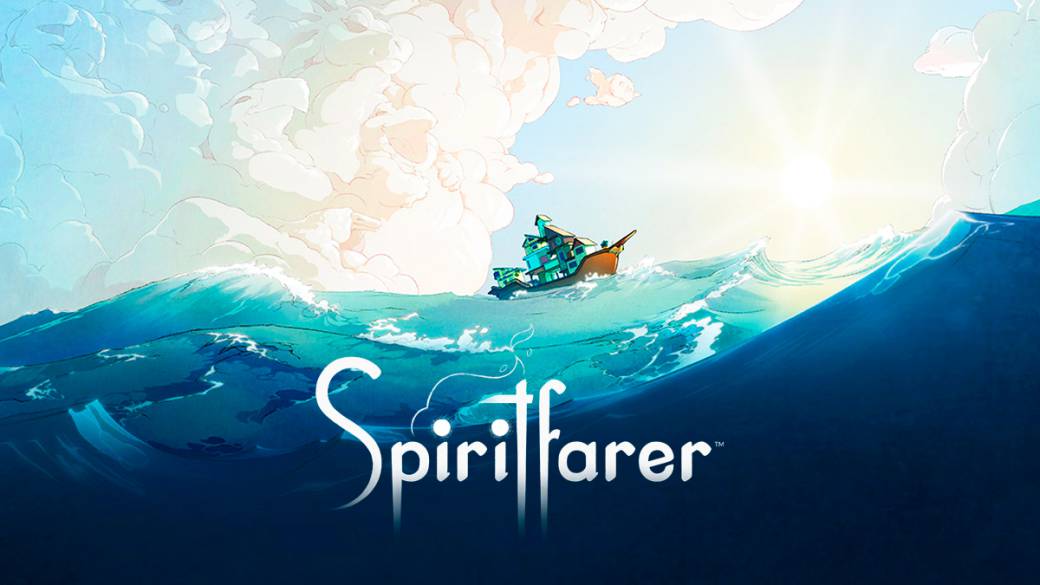
We accompany Stella in an adventure of enraptured interactive proposal, inspired by a combination of genres, and worthy of an audiovisual beauty comparable to the best of the genre. Are you coming?
When Chihiro arrives, accompanied by her parents, to what appears to be an abandoned amusement park full of dumpy buildings – with polychrome facades and winding cobblestone paths – the wind sneaks between the buildings while Hisaishi’s piano chords accompany her steps .
It is a sense of calm that, however, is accompanied by a feeling of unease in the face of the unknown. Thunder Lotus Games uses its direct inspiration from the imaginary of Spirited Away and other Hayao Miyazaki films to immerse us in a fantasy world of spot colors, aesthetic references to our beloved GRAY and a character design that draws on French productions. Wakfu and Dofus. And it does so both in visual approach and in the design of its elaborate animations. All of this is especially nice on screen, but what does Spiritfarer offer us as a playable experience?
Light as a guide
Continuing with the references to the 2002 Berlinae Golden Bear-winning cinematographic work, when we launched into the unknown in our newly acquired ship, the keel of the ship breaks the waves of idyllic maritime landscapes, we embarked on a adventure as the new Guide of Souls, and we are preparing to reform our ship to host all kinds of charismatic characters: we must take good care of them, feed the crew with the resources of our newly assembled orchard, and continue to improve the rooms by making our own own fabrics and managing the aft sawmill.
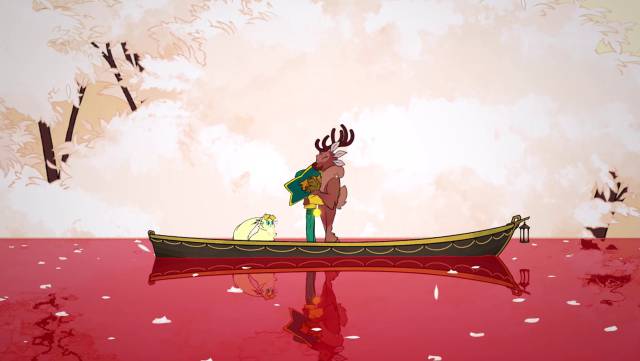
Little by little, our ship will gain in length, it will expand its rooms and, incidentally, it will look more and more like a gigantic “bathhouse for lost souls” where family life becomes more and more pleasant.
Our mission is not without sadness. Under the role of Stella, we will be responsible for making the transition between the world of the living and the afterlife as pleasant as possible for our particular guests. Being the hostess of death is easy for us, and doing it with affection as a flag – the simple action of being able to give hugs to our guests is exciting, even more so if there is the possibility that they will accept them or not according to their mood – is something that is always comforting in the world of video games. Where violent dynamics abound, this type of mundane proposal is appreciated.
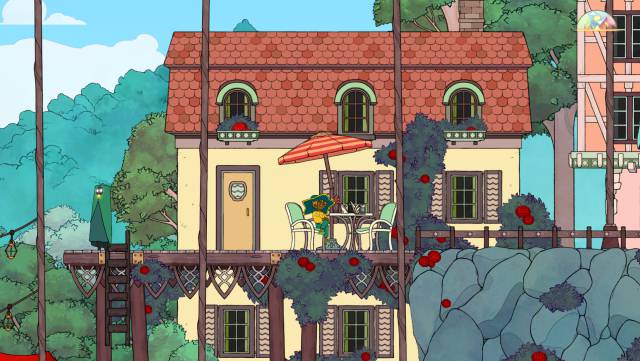
The game at hand is not challenging (it is one of its virtues), it does not offer great confrontations against final enemies (although we will have encounters with gods of biblical proportions that we must protect from darkness), nor is it set in a tremendous world three-dimensional. Here the lateral development manifests itself beautiful and ideal for the combination of adventure game, life simulation, light strategy and lateral advance platforms within an open environment with a multitude of imaginative islands to explore and events to surprise us with.
Because if this tremendously inspired Spiritfarer boasts something, it is a truly exciting enchantment towards the unknown: we will soon launch to the next island, even if on the way we encounter a tremendous storm (where a minigame is activated to collect sparkles) , or it costs us a little to get there because when night approaches it is not safe to move through these winding seas. Ideal time to fish, socialize with our family on the high seas so that they are happy, cook some imaginative recipe or do a little work in the sawmill or the forge.
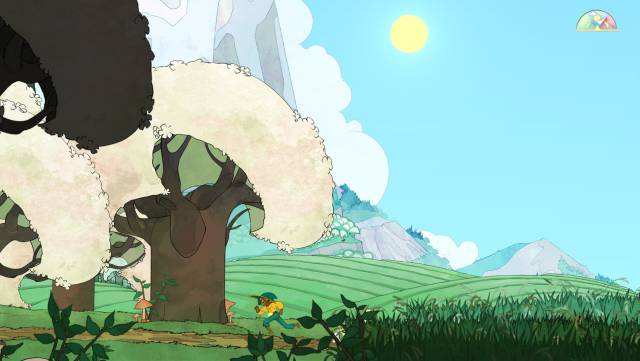
Playable variety
These types of games tend to fall into monotony, sometimes in an intentional and positive way, others causing us to abandon it for a more varied experience: in the case of Spiritfarer, the variety of its proposal and how well integrated it is with the simple story that accompanies us, make us never stop surprising ourselves. The simple mini-games that the sawmill (where to cut wood we must follow a pattern of lines) or the loom (where the amount of resources obtained will depend on how right we are to hit the cursor on a small luminous arrow also contributes to success. ). Everything is made with care by Thunder Lotus, a Canadian studio that has already proved its worth in Jotun and Sundered.
The edition mode will allow us to place new buildings (as long as we have the materials), build land, erect new houses to be a good host and, by improving them, to continue to gain in quality and quantity of resources. We can sell them, use them to improve the boat and its buildings, or manage its production chain in different ways. In the game we will visit new places to trade, get minerals in a secluded cave, meet new (possible) inhabitants for our particular ark and, ultimately, immerse ourselves in an attractive interactive structure of calm progression.
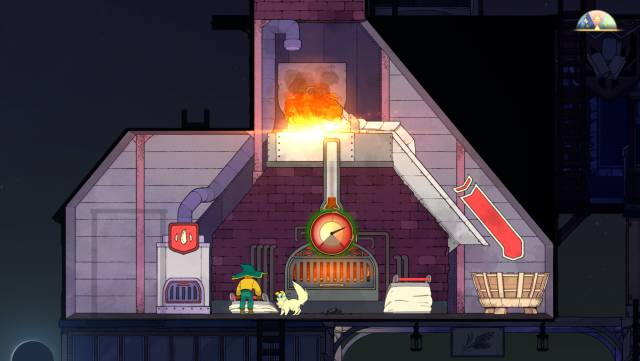
Although it is true that the game has some things that could be improved, because the absence of complex puzzles eliminates a lost opportunity to raise the title to greater heights, as well as the changing interest of the missions that our friends entrust to us (some are entertaining, other nondescript and lack of charisma), in general terms Spiritfarer has surprised us very pleasantly.
Wrapped in audiovisual beauty
The sound factor is another element that contributes precisely to keeping the adventure so charming, with so much personality. Piano chords lost between soft ambient melodies that will remind us of the compositions by Manaka Kataoka, Yasuaki Iwata, and Hajime Wakai for Breath of the Wild, sound effects that enhance the feedback of our actions (special mention for when our ship collides with debris and resources lost in the sea, that will provide us with succulent treasures) or simple unintelligible voices to give personality to each inhabitant of the world.

And, to finish as we have finished, what most captivates about this Canadian production is its particular staging. Featuring Art Nouveau scraps, Japanese anime elements, a clear devotion to Studio Ghibli, and animation worthy of Ankama’s finest products, Spiritfarer’s heady aesthetic makes sailing while sunset in real time (gorgeous lighting and atmospheric effects that we accompany them during the game) is more pleasant than ever, even more so if the idea of life and death is so naturally involved in our mission, and how pleasant the path that leads us to the latter should be.
CONCLUSION
Spiritfarer has been a pleasant surprise. With management mechanics reminiscent of titles like Summer in Mara or Stardew Valley, an interactive proposal that is based on the genre of platforms in an efficient way (Stella’s very good control while we use jumping, double jumping or gliding) , taking our particular to the sea is really charming. Maybe its duration is not that of other titles (we can overcome it in 30 hours with many established objectives) and that the introduction of imaginative puzzles and more elaborate playable dynamics would have come in handy. However, there is a very important aspect to the relaxing general approach: we are always looking forward to exploring the sea in search of new surprises, even though controlling a boat of more than 30 meters is not the most practical thing in the world.
THE BEST
- Audiovisually it is a two-dimensional wonder
- Animations are excellent, with great personality
- The story integrates very well within the mechanics of management, platforms and exploration
- Lovely characters to discover
WORST
- More complexity would have been good for certain playable dynamics
- Some graphics lose definition in the closest shots, which blurs the beauty of the title somewhat
- It seems that the Spanish subtitles (very good) are only available in the Steam version. Hopefully they don’t take long to console.
Very good
Remarkable finish game that we will enjoy and remember. A good buy, highly recommended for lovers of the genre. It is well cared for at all levels.
